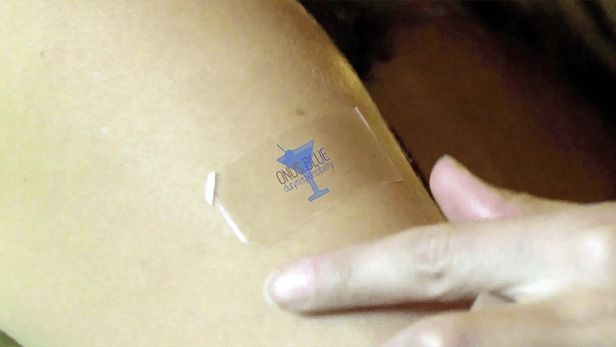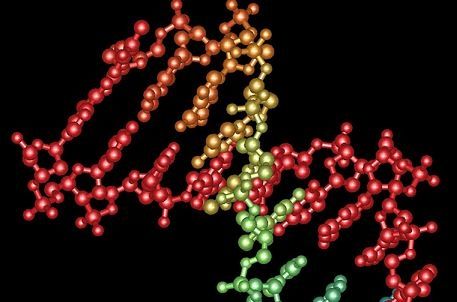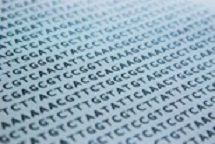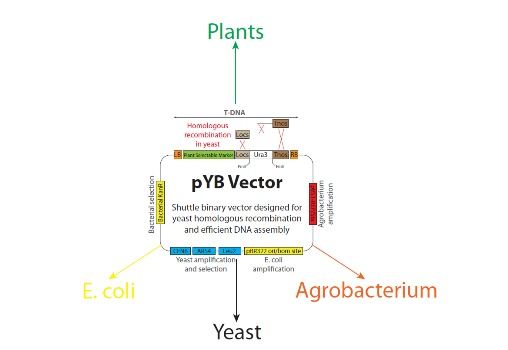The ONUSblue alcohol detection patch tells you when you’ve reached the legal threshold and has the potential to save millions of lives. The company’s product roadmap is even more interesting with the detection of marijuana, methamphetime and a range of illegal recreational substances to follow.
“The day science begins to study non-physical phenomena, it will make more progress in one decade than in all the previous centuries of its existence.” – Nikola Tesla.
If you google “parapsychology,” the first thing that will probably pop up is a Wikipedia entry loosely (and, in my opinion, rather offensively) defining it as a “pseudoscience.”
This is unfortunate, because it distracts the reader from realizing that psychical research, also known as ‘psi’ (or parapsychology), is practiced by various scientists and reputable institutions all over the world.
“I feel the need — the need for speed.”
The tagline from the 1980s movie Top Gun could be seen as the mantra for the high-performance computing system world these days. The next milestone in the endless race to build faster and faster machines has become embodied in standing up the first exascale supercomputer.
Exascale might sound like an alternative universe in a science fiction movie, and judging by all the hype, one could be forgiven for thinking that an exascale supercomputer might be capable of opening up wormholes in the multiverse (if you subscribe to that particular cosmological theory). In reality, exascale computing is at once more prosaic — a really, really fast computer — and packs the potential to change how we simulate, model and predict life, the universe and pretty much everything.
WASHINGTON – Scientists believe genetic engineering experiments have the potential to wipe out malaria and other illnesses that kill millions of people every year.
But they also acknowledge they could have unintended consequences that could be catastrophic.
So, over the next four years, the Pentagon’s Defense Advanced Research Projects Agency, dubbed DARPA, plans to develop a cleanup crew for engineered genes deemed harmful to the eco-system.
SynBio is gearing up
Posted in bioengineering, biotech/medical, economics, internet
We’re only starting in this space.
Synthetic Biology (SynBio) includes a large field of applications. Within this area biochemists combine engineering concepts and techniques with biology to design new genes that produce a specific protein. When this protein is an enzyme, bacteria and yeast in which such a gene is implanted can produce specific chemicals through a fermentation process. A large and growing number of businesses is active in this field. This became apparent once again at the EFIB-conference in Glasgow, last October. The workshop was chaired by John Cumbers, founder of the American SynBioBeta, an internet-site dedicated to sharing information and news on synthetic biology.
JBEI researchers develop efficient and affordable method for plant DNA assembly.
Researchers at the U.S. Department of Energy (DOE)’s Joint BioEnergy Institute (JBEI) in collaboration with Berkeley Lab’s Environmental Genomics & Systems Biology Division and the DOE Joint Genome Institute developed a versatile system (named jStack) which utilizes yeast homologous recombination to efficiently assemble DNA into plant transformation vectors. The new approach will impact plant engineering for the bioenergy, agricultural and pharmaceutical industries.
Although synthetic biology has provided solutions to many societal challenges, little research has been devoted to advancing synthetic biology in plants. Microbes, such as yeast and Escherichia coli (E. coli), have received much of the attention in developing synthetic biology tools due to their fast generation time and the ease of working with these organisms in laboratories. A shortage of characterized DNA parts, along with the difficulty of efficiently assembling multiple and large fragments of DNA into plant transformation vectors, has limited progress in studying and engineering plants to the same degree as their microbial counterparts.
The onset of winter not only has serious implications for the residents of Westeros, but also for high performance athletes, given the higher chances of falling sick during this season while training outdoors. If you don’t mind looking a bit like a Mortal Kombat character, a new electric balaclava would let you keep training like a champ in the cold while lowering the risk of contracting chest infections.
A collaboration between researchers at Nottingham Trent University in the UK and German advanced knitting machine manufacturer Stoll GmBH, this 3D-knitted headpiece prototype features a built-in heating area around the nose and mouth made of electric-conductive yarn. A knitted power socket at the rear of the garment allows the wearer to insert a rechargeable cell battery to power the device.
“By using electric-conductive yarns which are so tiny that they cannot be felt by human skin, we’re able to provide a consistent level of warmth to a piece of clothing so that a runner only breathes in warm air,” explains Tilak Dias, founder of the Advanced Textiles Research Group at Nottingham Trent University.
PHILADELPHIA (CBS) — All the years of your parents saying “NO” to ice cream for breakfast may have actually stunted your brilliance.
According to The Telegraph, a new study performed by Yoshihiko Koga, a professor at Kyorin University in Tokyo, revealed that eating a certain amount of ice cream immediately after waking up in the morning can actually make you smarter.
No, you did not misread that!









